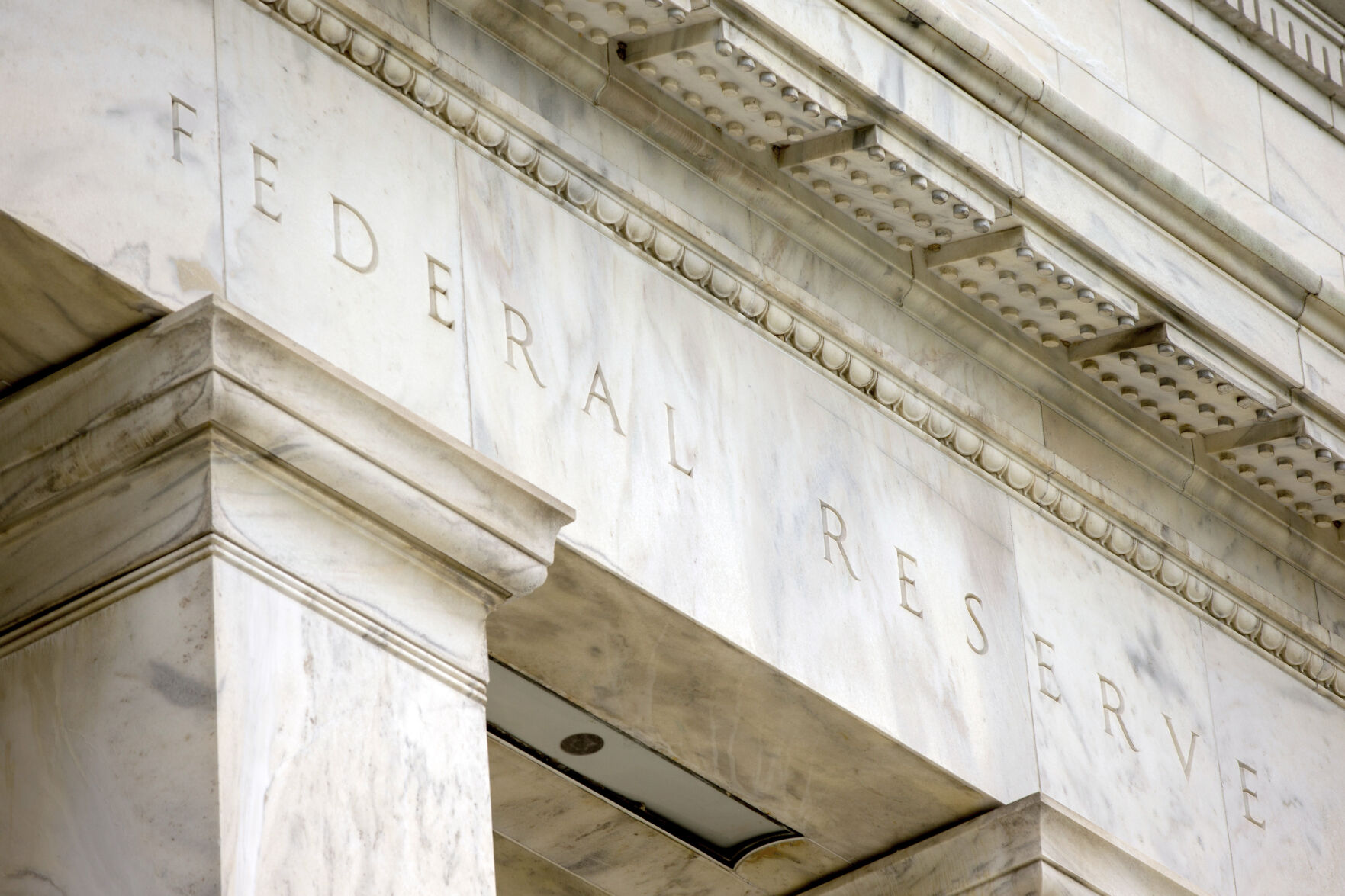NEW YORK — Fewer banks tightened lending standards as 2023 came to a close, a hopeful sign for businesses that broader loan access is on the horizon.
Lending standards are essentially the measures used by a bank to determine whether a business or person gets a loan. Tighter standards, such as stronger credit and collateral requirements for applicants, tracked the Federal Reserve’s historic rate hikes starting in 2022. Those rate increases have successfully cooled inflation without knocking the economy into recession.
Wall Street is now betting the Fed could start lowering rates by the middle of the year, and banks are showing signs of relief.
A January survey from the Federal Reserve showed that the share of banks who tightened lending standards for commercial and industrial loans fell to 14.8% in the fourth quarter. That’s down from 33.9% in the third quarter and a significant drop from 50.8% in the second quarter of 2023. The survey showed a similar pattern for consumer loans and credit cards, though at a softer pace. Overall, bank loans to businesses stagnated in 2023 after steadily rising in 2022.
Looser lending standards could help businesses of all sizes access loans that will help them to expand. That in turn could help fuel more economic growth. Banks expect an increase in demand for loans from businesses as interest rates ease, along with higher customer spending and investment needs.
Nearly a year ago, tightening lending standards helped feed worries about the economy contracting into a recession. Instead, the economy continued growing despite rising interest rates and tighter lending standards.
Gross domestic product, a closely-watched measure of economic growth, rose 3.1% during the fourth quarter of 2023 and is expected to rise 3% during the first quarter and 2.6% during the second quarter in 2024, according to business group The Conference Board. GDP has typically gained ground at a faster pace when banks loosen their lending standards, such as in 2018.
Companies in the S&P 500 reported 3.8% higher profits during the fourth quarter and Wall Street expects 3.5% growth in the first quarter of 2024. Smaller companies have lagged their larger counterparts, but are expected to gain ground this year. That would help broaden out the market’s gains, which have been focused within the technology sector.
The Fed’s survey of bankers has historically shown a close correlation between senior loan officer’s opinions and actual loan growth, said Faisal Faisal, manager of economic risk at TD Economics, in a research report.
“With a smaller net percentage of banks tightening standards and a higher share expecting stronger loan demand, loan growth is poised to strengthen in 2024,” he said.


